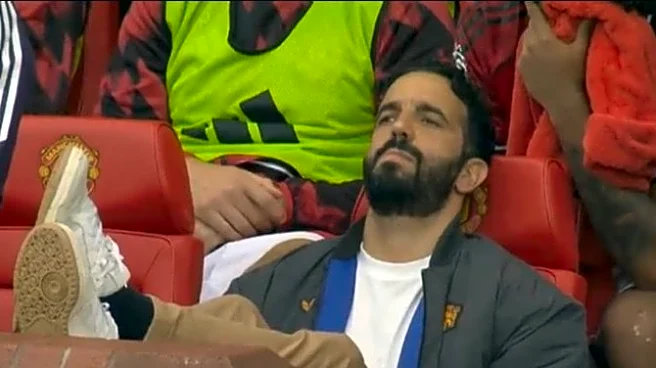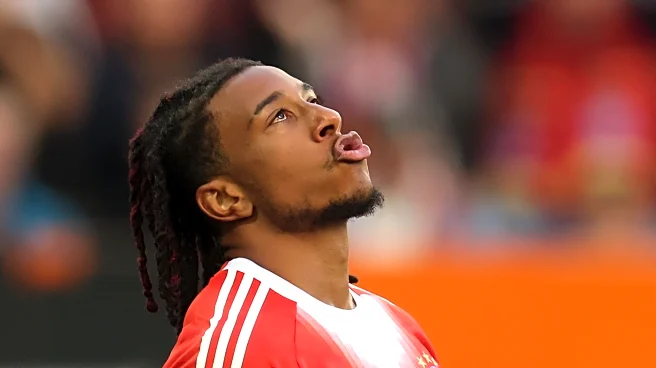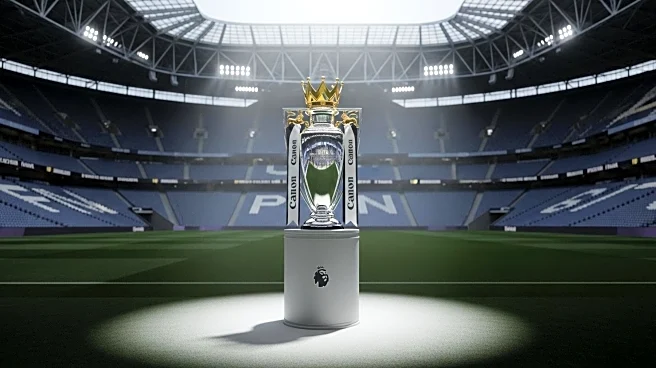What's Happening?
Manchester United has undergone a strategic overhaul during the summer transfer window under the guidance of manager Ruben Amorim. Following a disappointing 15th-place finish in the Premier League, the club focused on strengthening its attacking capabilities by acquiring players like Matheus Cunha, Bryan Mbeumo, and Benjamin Sesko. The club also saw departures, including Antony and Alejandro Garnacho, as part of a broader effort to streamline the squad and reduce high-earning players not fitting Amorim's plans. United's transfer strategy emphasized a data-driven approach, prioritizing players who fit specific roles and financial parameters, aiming to improve the team's offensive output.
Why It's Important?
Manchester United's focus on enhancing its attacking prowess reflects a shift in strategy aimed at addressing the club's historically low goal-scoring record. By investing heavily in forwards, United seeks to reclaim its reputation for entertaining football and improve its standing in the Premier League. The club's data-driven approach signifies a move towards more sustainable and strategic player acquisitions, potentially reducing past financial missteps. This strategy could position United as a more competitive force against top clubs like Liverpool, Arsenal, and Manchester City.
Beyond the Headlines
The decision to prioritize attacking players over defensive reinforcements highlights United's long-term vision to rebuild its squad. The club's emphasis on data analytics and financial discipline suggests a commitment to avoiding previous costly errors and fostering a more balanced team. This approach may lead to a gradual evolution of the squad, with a focus on developing young talent and aligning player acquisitions with the club's strategic goals.












